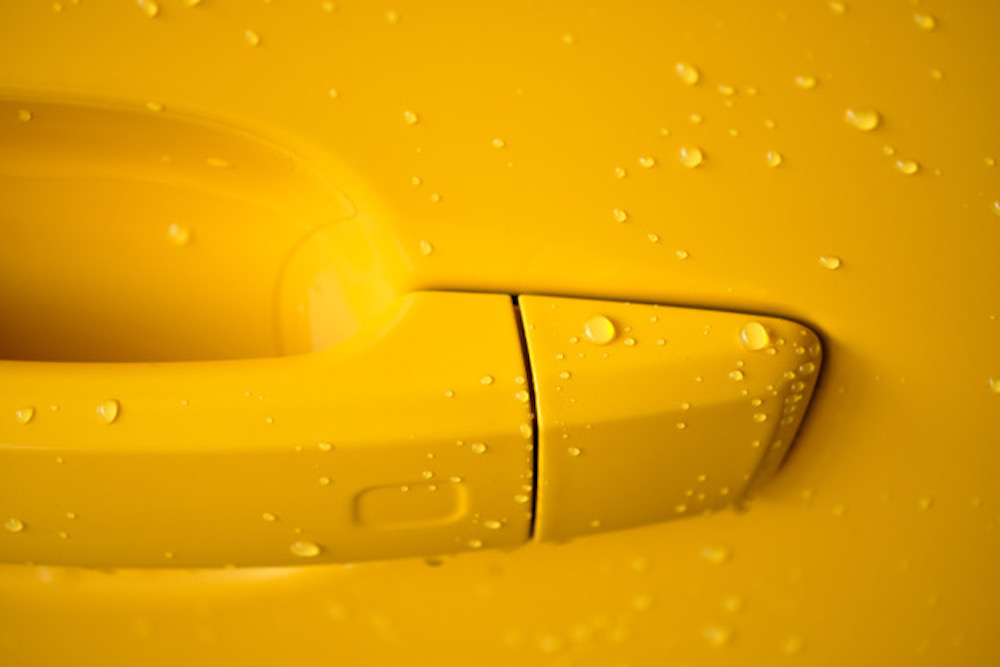Why is condensation on cars a cause for concern when in storing?
Condensation around metals will inevitably lead to rust. Rust is the last thing that anybody would want to develop on their cherished car - the effect of its damage is two-fold. If rust builds up on the mechanics of your vehicle then some real issues can present themselves as it is not only difficult to spot, but if it goes unnoticed then the components that might be affected could be extremely costly and difficult to replace. The other concern is an aesthetic one, but an equally important one. Rust formation is highly damaging to paintwork. Removing rust and then respraying the affected area is a laborious and expensive process that means you have less time tinkering with the things you want to and more time spent on removing blemishes. Owning a classic car is an idyllic lifestyle. Condensation building upturns that lifestyle into a routine of fixing issues rather than improving and admiring your vehicle, which is where classic car dehumidifiers come in.

What causes condensation?
The effects of condensation can manifest on the body of a car in a number of ways. The thing to avoid is moisture.
From taking your car out for a drive in the rain to leaving it in an unconditioned room- moisture will work its way onto the bodywork of your vehicle and leave it at risk of rusting. The primary cause for condensation at any time is the relative humidity (RH) level of the environment surrounding the materials of your vehicle.
The UK has a yearly average RH level of 80%, this means that from temperatures of -20℃ to 65℃, condensation will deposit.
How do we stop it?
The effects of condensation have historically been counteracted in a few different ways. These are methods that are only able to make a slight difference to conditions without having any effect on the relative humidity.
The first of these is heating the environment. This adjusts the dew point (the conditions at which moisture condenses) to prevent moisture from depositing. The issue with heating as a solution is that it’s an unreliable countermeasure that is extremely costly. Heat will need to be applied constantly in order to balance conditions.
Ventilation has the advantage of increasing the airflow, this slows down the rate at which moisture will deposit on surfaces. If the air has nowhere to go, then it will naturally deposit the moisture content on surfaces at a faster rate- this is the issue with using something like a car cover as a protective solution. However, there are car cover alternatives that make much more effective solutions.
The issue with ventilation is that it does nothing to tackle the issue of the air that is being circulated. If you ventilate an unconditioned room, it is only being replenished by air that is equally as humid and will eventually deposit moisture on your classic car.=
The only truly effective solution to combat the impacts of humidity and condensation is to eliminate it at its source- but how? Desiccant dehumidification is the answer.
Conclusion
The answer is desiccant dehumidification. The desiccant rotor in this system does the job of conditioning the air. By removing moisture from the environment and simultaneously releasing conditioned air into your space, you can have peace of mind that your pride and joy is sitting in a safe environment. Our garage dehumidifiers also have energy-saving benefits- using our bespoke solution, we can recover around 60% of previously wasted energy. This is then used to pre-heat the incoming air stream, reducing load on the regeneration heater and is a much more energy-efficient than heating the room.
